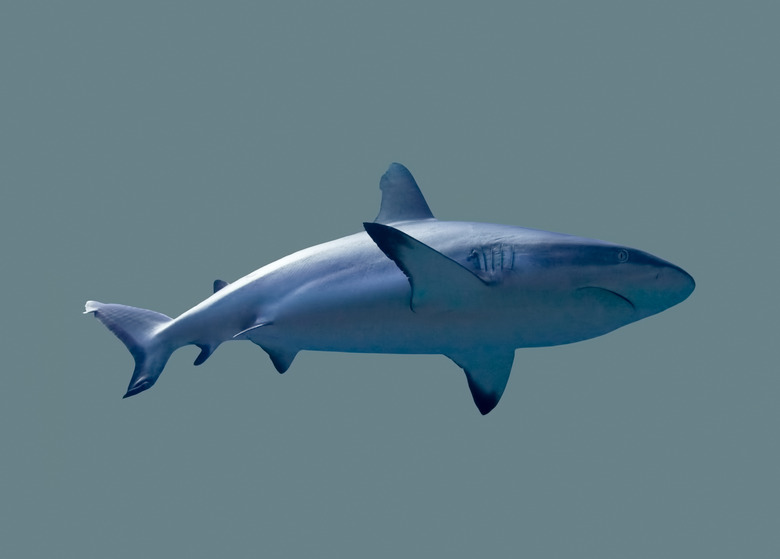Why Did The Megalodon Become Extinct?
The Megalodon is an extinct shark that was at least two or three times the size of the great white shark of today. The reasons for its demise, as well as whether the creature might still be hiding in the depths of the ocean, are under constant debate.
Description
Description
Because shark skeletons are made of cartilage, usually all that survives decomposition is the teeth. Based on the size of Megalodon teeth, which have been found measuring up to 7 inches in height and weighing over a pound, scientists have determined this shark could have been 50 feet long and weighed around 50 tons.
Time Span
Time Span
Megalodons appeared during the mid-Miocene period, roughly 16 million years ago. They are believed to have gone extinct in the Plio-Pleistocene period about 1.6 million years ago.
Ocean Cooling
Ocean Cooling
During the Oligocene period, the Earth's ocean started to cool down. Gradually, mid-latitude temperature saw a decrease of roughly 15 degrees Celsius or 27 degrees Fahrenheit. Because Megalodon teeth have been found in mostly warmer waters, it may not have tolerated the cooler temperatures.
Moving Continents
Moving Continents
The super continent Pangea was breaking up, eventually resulting in the familiar continents we have now. The Isthmus of Panama broke the surface of the sea between 7 million and 3 million years ago. This joined North and South America and possibly cut off a critical migratory seaway for the Megalodon.
Breeding Grounds
Breeding Grounds
The advance of the glaciers took up a great deal of the Earth's water supply, creating a sea level drop of as much as 650 feet. With its shallow, warm coastal pupping grounds drying up, Megalodon pups would be at greater risk at being taken by predators.
Lack of Food
Lack of Food
Up until the end of the Pliocene period, there was an upwelling of water from the sea floor that added nutrients to tropic waters. This upwelling stopped when the ocean floor expanded and caused the Gulf Stream, which brought the nutrients, to slow. Without this upwelling, the amount and types of organisms that could be supported drastically decreased and the Megalodon may have starved.
Cite This Article
MLA
Wachman, Monica. "Why Did The Megalodon Become Extinct?" sciencing.com, https://www.sciencing.com/did-megalodon-become-extinct-5804160/. 22 November 2019.
APA
Wachman, Monica. (2019, November 22). Why Did The Megalodon Become Extinct?. sciencing.com. Retrieved from https://www.sciencing.com/did-megalodon-become-extinct-5804160/
Chicago
Wachman, Monica. Why Did The Megalodon Become Extinct? last modified March 24, 2022. https://www.sciencing.com/did-megalodon-become-extinct-5804160/
